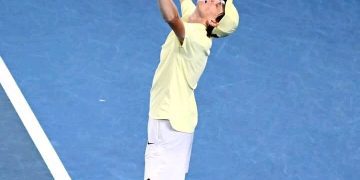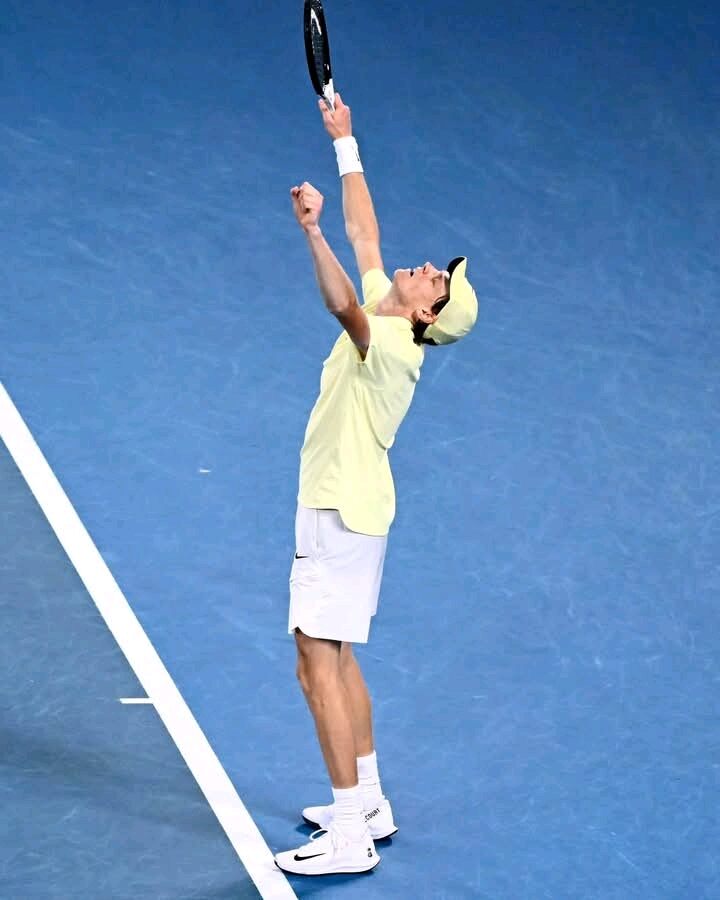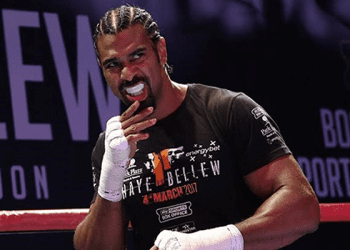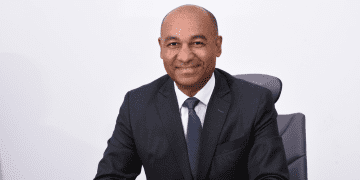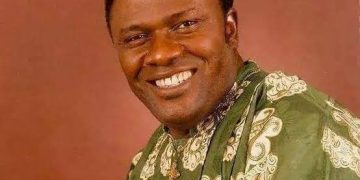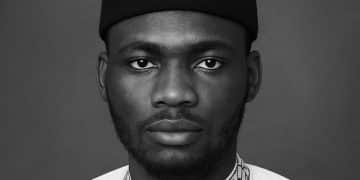There are sports stories that captivate because they defy the expected, and then there are stories that redefine what was ever thought possible. The journey of Jannik Sinner belongs firmly to the latter.
Born in the quiet alpine town of Innichen, far removed from the traditional tennis heartlands of Italy, Sinner grew up with skis strapped to his feet, winning local titles on frozen slopes before ever lifting a tennis racket in front of thousands.
Yet within a decade, he would become not just the most successful Italian male tennis player in history, but the world’s number one, a multiple Grand Slam champion, and the face of a new tennis generation.
What makes his rise so compelling is not merely the speed of his ascent but the unlikely path he took to get there. While many prodigies dominate the junior circuit before exploding onto the professional stage, his junior record was unremarkable by comparison, an intentional decision by his coaches to prioritize professional tournaments over junior glory.
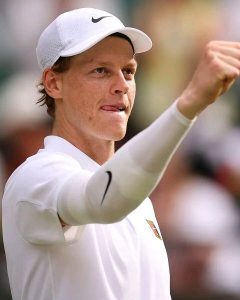
In less than five years, Jannik Sinner transformed from a promising newcomer into a champion whose presence at the deep end of Grand Slam tournaments has become almost routine. His rivalries, especially with Carlos Alcaraz, have electrified tennis audiences, while his composure, work ethic, and quiet humility have drawn admiration far beyond the borders of Italy.
His recent Wimbledon triumph, his fourth major, symbolises not just personal redemption after earlier heartbreaks, but the culmination of a national tennis dream decades in the making.
Today, bsgistnews looks at the journey of Jannik Sinner so far, a journey as compelling for its quiet determination as for its spectacular successes.
Early Life
Born on August 16, 2001, to Johann and Siglinde Sinner, who managed a restaurant and worked as a waitress at a ski lodge, Jannik Sinner spent his mornings training on the ski slopes and his afternoons on clay courts.
Yet skiing was not merely a winter pastime; it was a serious pursuit. By age eight, Jannik Sinner was among the best junior skiers in Italy. Coaches saw in him a national-level competitor with a real shot at a professional skiing career.
However, around the age of thirteen, the balance of his interests tipped irreversibly toward tennis. Even then, the decision was not easy as it meant giving up what he knew best and leaving the comfort of family, hometown friends, and familiar mountains behind.
The choice led him to the Piatti Tennis Center in Bordighera, a thousand kilometers away from his snowy childhood. Living alone at thirteen is unimaginable for most, yet for Jannik Sinner it became an essential part of his identity. He cooked, studied, and trained in solitude, guided by Riccardo Piatti, one of Italy’s most respected coaches, who had previously worked with Novak Djokovic and Milos Raonic.
Rather than build his name through junior Grand Slam events, Sinner’s team pushed him into the deep waters of professional Futures and Challenger tournaments against seasoned veterans. The plan was high-risk, but the payoff became evident in 2019 when, at just eighteen, he won the Next Gen ATP Finals in Milan.
Emergence on the ATP Tour
Between 2020 and 2021, Sinner transitioned from rising star to established contender. His first ATP title in Sofia in 2020 confirmed that he could translate raw promise into silverware. Yet the real statement came in Miami 2021, where he reached the Masters 1000 final, signaling he was ready to compete with the very best.
The 2022 and 2023 seasons tested his resilience as he faced injuries, match losses from winning positions, and the mental grind of the tour. Yet even in setbacks, Sinner’s reputation grew: he played a historic five-set battle against Carlos Alcaraz at the 2022 US Open, widely considered one of the greatest matches of the era, which he narrowly lost despite holding match points.
In 2024, the breakthrough came spectacularly. At the Australian Open, Jannik Sinner defeated Novak Djokovic, who had been unbeaten in Melbourne for years, and then beat Daniil Medvedev in a five-set comeback to win his maiden major title. Later that year, he added the US Open title, becoming the first Italian man ever to win two Grand Slams in the same season.
The following season, Sinner proved these wins were no accident. At the 2025 Australian Open, he defended his title with composure, and although heartbreak awaited him in the French Open final against Alcaraz after an epic five-hour duel, he recovered to triumph at Wimbledon, defeating Alcaraz in four sets.

This made him the first Italian man in history to lift the trophy at SW19, a victory that combined history, redemption, and personal growth into a single moment on Centre Court.
Personal Life
Beyond the trophies and rankings lies a private man. Sinner’s move away from home at thirteen taught him self-reliance that became evident in his unflappable on-court demeanor. While many athletes rely heavily on entourages, Sinner’s circle has remained deliberately small and rooted in trust, notably including coaches Darren Cahill and Simone Vagnozzi.
In early 2024, his career faced unexpected turbulence when he was temporarily banned for three months after testing positive for clostebol, a banned substance. Jannik Sinner maintained that the trace came from a therapeutic massage, and after investigation, the ban was overturned.
Family also remains central to Sinner’s identity. Despite fame, he frequently credits his parents and small-town upbringing for keeping him grounded. Off court, he has described himself as reserved, preferring quiet dinners to nightclubs, and often retreats home to South Tyrol when his schedule permits.
Perhaps most striking is how little he has let the noise of external expectation shape his path. While other prodigies speak openly of chasing numbers or rivalries, Jannik Sinner consistently emphasizes personal improvement over records, an approach that may prove key to his longevity at the sport’s summit.
What’s Next for Jannik Sinner
As the reigning Wimbledon champion and current world number one, the immediate question for Jannik Sinner is sustainability. Holding the top spot in a fiercely competitive generation, especially with Carlos Alcaraz and others in pursuit, will demand not just consistency but further evolution of his game.
Beyond rankings, eyes will turn to whether he can win Roland Garros, the one Grand Slam still missing from his resume, and whether he can dominate across seasons the way Djokovic and Federer once did. At twenty-three, Sinner’s physical peak likely lies ahead, promising even higher levels of play and possibly double-digit major titles.

Off court, his growing status will attract new sponsorship deals, media attention, and possibly leadership roles within Italian sport. Balancing these pressures while staying true to his quiet personality will test the same discipline that first took him from South Tyrol to the top of the world rankings.
Yet if Sinner’s journey so far has taught us anything, it is that doubt often fuels his best moments. What comes next is unwritten, but in the history of modern tennis, few chapters look as compelling as the ones Jannik Sinner seems ready to write.
